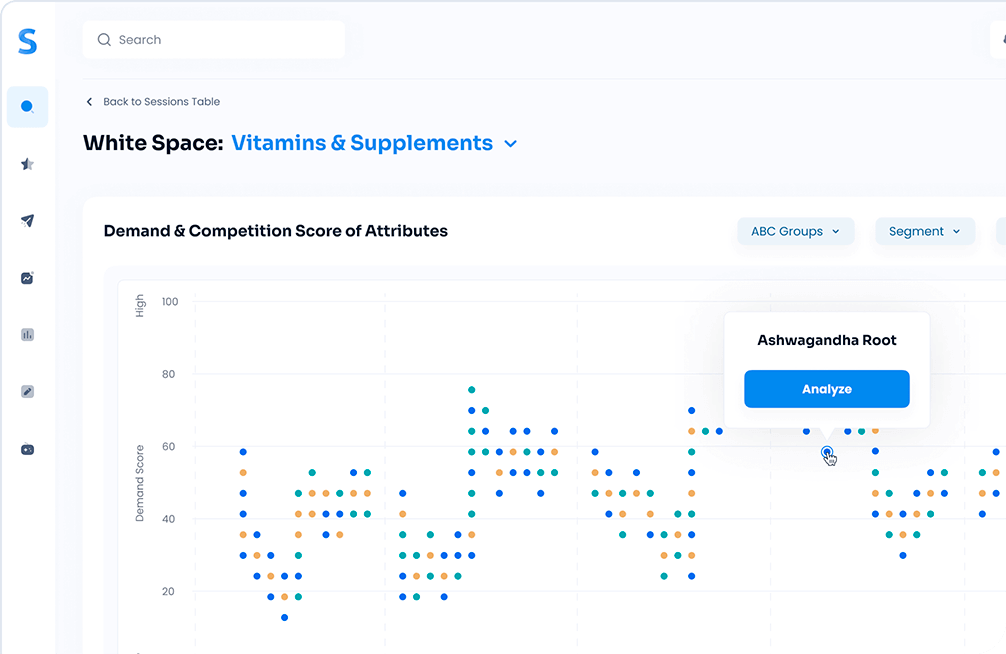Market forecasting stands as a cornerstone for businesses, shaping their strategies and guiding their decisions. At its core, it’s about predicting the future, giving companies a roadmap to navigate the ever-evolving market landscape. Over the decades, the tools and techniques for forecasting have undergone significant transformations. From the days of relying on intuition and basic data, we’ve transitioned to a world where technology and data-driven insights play a pivotal role. This evolution not only reflects the advancements in technology but also the increasing complexity of the market. As we delve deeper into the world of forecasting, it’s essential to understand its history, the challenges faced, and the innovative solutions that are shaping its future.
A Look Back: History of Market Forecasting

Building on our introduction to the importance of market forecasting, it’s enlightening to journey through its evolution. The Early Days of forecasting were marked by a heavy reliance on human intuition. Business leaders often leaned on their personal experiences, industry knowledge, and sometimes just gut feelings to predict market trends. This era was characterized by a personal touch, where relationships and firsthand observations played a significant role.
As businesses grew and markets expanded, the need for a more systematic approach became evident. This ushered in the phase of Using Numbers. Simple mathematical models and statistical methods began to take center stage. Companies started to recognize the value of data, even in its most basic forms. Sales records, customer feedback, and inventory levels became crucial data points. These numbers provided a more structured way to anticipate market movements, reducing reliance on mere intuition.
The real game-changer, however, was The Computer Age. With the advent of computers and the internet, the volume of available data exploded. Companies could now access vast amounts of information, from sales data to customer behavior online. Software tools were developed to process this data, offering insights at an unprecedented scale. The internet also facilitated real-time data collection, allowing businesses to adjust their forecasts promptly in response to market changes.
This journey from intuition to data-driven insights showcases the adaptability of businesses and sets the stage for the challenges and solutions of modern forecasting.
Understanding Sales Forecasting

As we’ve journeyed from the roots of market forecasting, it’s clear that the heart of this practice lies in sales forecasting. At its core, sales forecasting grapples with the question: What Do Customers Want? Predicting customer preferences is no small feat. While businesses have always aimed to understand their audience, the modern consumer’s tastes and preferences can shift rapidly. Trends come and go, and what’s popular today might be forgotten tomorrow. This ever-changing landscape makes it challenging to pinpoint what will resonate with customers in the future.
Another layer of complexity is the Changing Markets. External factors, such as economic shifts, global events, or even a viral social media trend, can drastically impact market dynamics. Companies must be agile, ready to adapt their strategies in the face of unforeseen events. This unpredictability demands a robust forecasting model that can account for sudden market changes.
Lastly, in an age where data is abundant, businesses face the challenge of So Much Data. The digital era has provided companies with a wealth of information. However, the real task is sifting through this vast ocean of data to extract meaningful insights. It’s not just about having data; it’s about having the right tools and expertise to interpret it effectively.
In essence, sales forecasting is a delicate balance of understanding customer desires, adapting to market shifts, and making the best use of available data. As we move forward, we’ll explore how modern methods are addressing these challenges.
Today’s Methods: Mixing Old and New

Building on our understanding of sales forecasting challenges, it’s evident that innovative solutions are needed. One of the most effective strategies has been the fusion of traditional wisdom with modern technology, aptly termed Using Both. Traditional methods, grounded in years of industry experience, offer a solid foundation. When paired with new tech, these methods are enhanced, providing more accurate and timely forecasts. For instance, while historical sales data remains invaluable, integrating it with real-time analytics offers a more comprehensive view of market trends.
A significant driver of this evolution is the role of artificial intelligence. AI Changes the Game in forecasting by introducing machine learning models that can process vast amounts of data quickly and identify patterns humans might overlook. These models continuously learn from new data, refining their predictions over time. AI doesn’t just make forecasting faster; it makes it smarter. With AI, businesses can anticipate market shifts with greater precision, ensuring they’re always a step ahead.
Another modern approach is Planning for Different Outcomes. Instead of banking on a single predicted outcome, companies are now preparing for multiple scenarios. This method acknowledges the inherent unpredictability of markets. By mapping out various potential futures, businesses can develop flexible strategies, ensuring they’re equipped to handle whatever the market throws their way.
Incorporating these modern methods doesn’t mean discarding the old. Instead, it’s about creating a synergy where the strengths of both traditional and new approaches are harnessed. As we’ll see, this blend is paving the way for the future of forecasting.
Upcoming Challenges

While the blend of traditional and modern forecasting methods offers promising solutions, the road ahead isn’t without its hurdles. One of the primary challenges is Keeping Up with Tech. The pace at which technology evolves is staggering. For businesses, this means constantly updating their tools and methods to stay relevant. Falling behind can mean missed opportunities or inaccurate forecasts, so staying updated is crucial.
Another pressing concern is Data Privacy. As companies collect and analyze more data to refine their forecasts, they must also ensure they respect and protect their customers’ privacy. With regulations like the GDPR in place, businesses need to be careful about how they gather, store, and use data. Striking the right balance between leveraging data for insights and ensuring privacy can be a tightrope walk.
Lastly, the rise of A Global Market presents its own set of challenges. Businesses aren’t just catering to local audiences anymore. They’re part of a connected global ecosystem, where events in one part of the world can ripple and impact markets elsewhere. This interconnectedness means companies need to be aware of global trends, shifts, and events, making forecasting even more complex.
Navigating these challenges requires foresight, adaptability, and a commitment to continuous learning. As we explore the future of market forecasting, it’s clear that the companies that can address these challenges head-on will be the ones leading the way.
What’s Next in Market Forecasting?

Building on the challenges we’ve highlighted, the future of market forecasting is shaping up to be both exciting and transformative. A standout trend is the collaboration of Humans and AI Together. While AI brings speed and data-crunching capabilities, human intuition and expertise add context and depth. This partnership ensures forecasts are not just data-driven but also grounded in real-world understanding. It’s a blend where AI identifies patterns and humans provide the strategic direction.
Another advancement on the horizon is the push for Instant Updates. In a world where market dynamics can shift overnight, forecasting methods need to be agile. Modern tools are being developed to adjust predictions in real-time, ensuring businesses always have the most current insights at their fingertips. This adaptability is crucial for staying ahead of market trends and making informed decisions.
Lastly, it’s worth highlighting innovative tools that are setting new standards in forecasting. A Nod to Simporter is in order here. Platforms like Simporter exemplify the future, combining AI capabilities with user-friendly interfaces. These tools not only make forecasting more accurate but also accessible, allowing businesses of all sizes to harness the power of advanced market predictions.
In essence, the future of market forecasting is a blend of technology, human expertise, and innovative tools. As we continue to navigate the complexities of global markets, these advancements will be the guiding lights for businesses worldwide.
Conclusion

Reflecting on our journey through the world of market forecasting, it’s evident that its role in shaping business strategies is paramount. From the early days of intuition-based decisions to the modern era of AI-driven insights, forecasting has continuously evolved. Yet, its core purpose remains unchanged: to equip businesses with the knowledge to navigate the future. Market forecasting is more than just predicting numbers; it’s about understanding market dynamics, customer preferences, and global trends. As businesses face an ever-changing landscape, the insights from accurate forecasting will remain their compass, guiding them towards success and growth. In this ever-evolving journey, one thing is clear: market forecasting will always be at the heart of business strategy.









